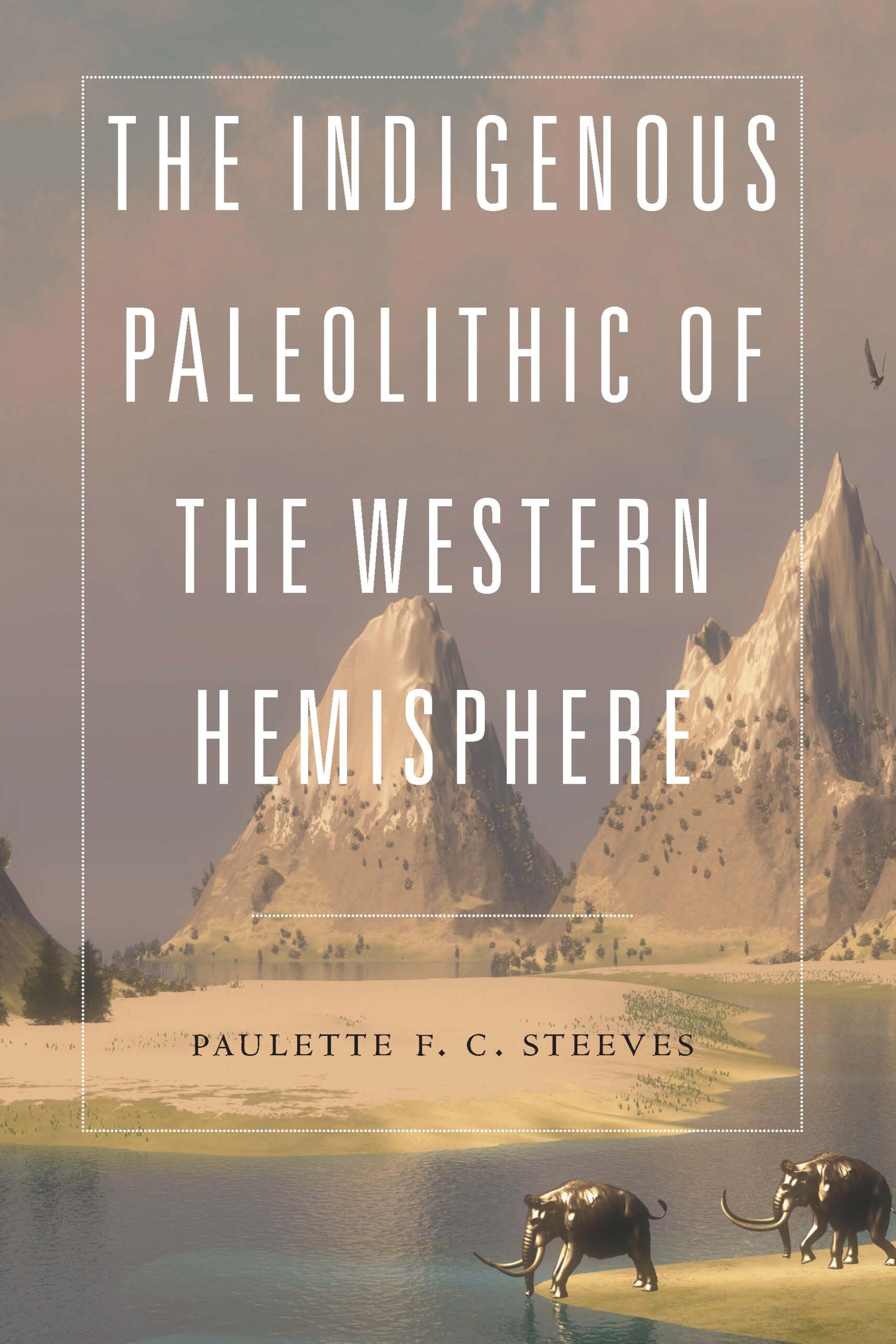
Well, this book kicks off my reading of ancient/revision history. I gotta say, I learned quite a bit, but it wasn’t what I expected to learn.
First of all, let me say this book, published by The University of Nebraska Press, was very expensive as books go. I think I paid around $60.00 for it.
“The Indigenous Paleolithic Of The Western Hemisphere”, by Paulette F.C. Steeves reads like a textbook, and I believe it is the result of her college dissertation.
Steeves is an associate professor of sociology.
This book attempts to dismantle the colonization of archaeology, which has obviously been rigged to favor western and European culture.
Steeves drives home the point that the above statement has been the standard for archaeology and related research, ignoring anything that suggests there was a “pre-Clovis” culture, capable of advanced thinking and tool use.
Much of the standard thought is that there was a migration from east to west through an ice-free corridor during the last ice age, from Siberia, through present day Alaska and Canada, to other areas in North America. Therefore, no existing evidence of human culture is represented earlier than around 10,000 years ago.
After explaining the problem with science ignoring the indigenous past, Steeves begins to provide evidence of human culture that predates the land bridge migration theory. For instance, one site near San Diego dates back as early as 130,000 years. Other locations in South America are just as old, and suggest early ocean travel.
Steeves writes:
“Discussions of the human settlement of island areas support an argument that modern humans as early as 100,000 years ago had developed the knowledge and technological skills required to build watercraft.”
Steeves provides a revelation that really made me think;
Regarding the “out-of-Africa” theory going back to a single relative, “Eve”, for this theory to prove out would require “..the extinction of all archaic hominins outside of Africa and a complete replacement of hominins on a global scale by an exodus of Eve’s descendants migrating out of Africa around 70,000 years ago.”
Such an extinction process is highly unlikely.
Additionally, Steeves provides this startling information:
“Students and faculty are shocked that the currently oldest known most basal form of protoprimates is known from the fossil records of areas we know today as Montana, Wyoming, and Saskatchewan..”
Steeves also provides information that suggests scientists should definitely give attention to the oral traditions of indigenous people. Cloaked in story and metaphor are the clues to the actual history of these people.
The book begins with a necessary scolding of contemporary archaeology, then rolls into some clear evidence of cultures that obviously predate so-called “Clovis” tool use.
“The Indigenous Paleolithic of The Western Hemisphere” is more for scientists and serious students of history, as I wrote previously. I learned quite a bit, just not exactly what I expected to learn.
– John Titus

